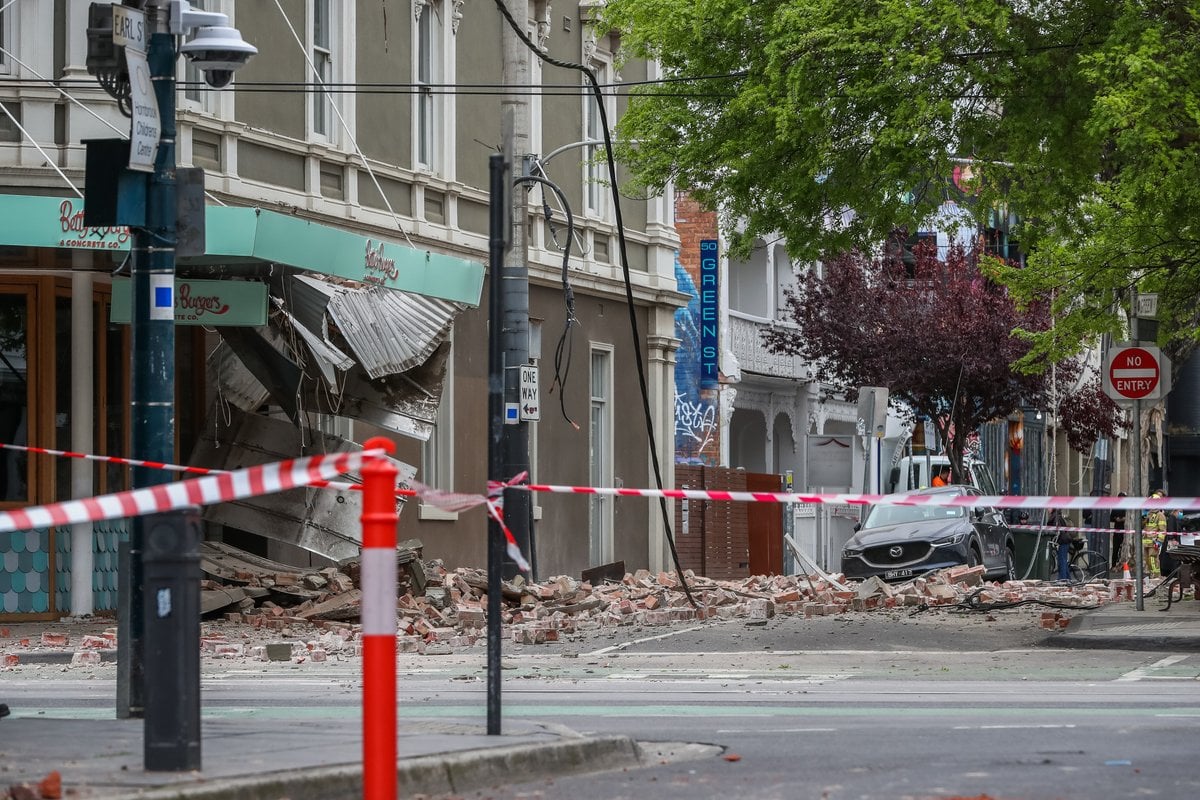
Australia is rocking. Or at least, last weekend it was.
From Friday to Monday, the country experienced several major earthquakes, the tremors felt far and wide from New South Wales to Western Australia.
On Friday afternoon, thousands of people reported feeling an earthquake over an area spanning hundreds of kilometres from south of Sydney to the NSW mid-north coast.
The 4.7-magnitude quake hit Denman, around three hours north of Sydney in the upper Hunter region. Locals said they felt their houses rattle. Some parents at various schools in the region were also contacted and told to come and collect their children.
Then there was a cluster of earthquakes recorded in WA's Wheatbelt over the past week, one of them sizing up to 4.4-magnitude.
It raises the question — just how normal is this? Are these quakes randomly occurring events? Or is there something happening beneath the surface we should be aware of?
Watch: Kids on climate change. Post continues below.
Are earthquakes actually common in Australia?
Jonathan Griffin is a Senior Seismologist at Geoscience Australia.
"Across Australia, we register about 100 magnitude-three earthquakes every year, and we get about one or two magnitude-five earthquakes every year and we get a magnitude-six earthquake every five to 10 years," he tells Mamamia's news podcast The Quicky.


